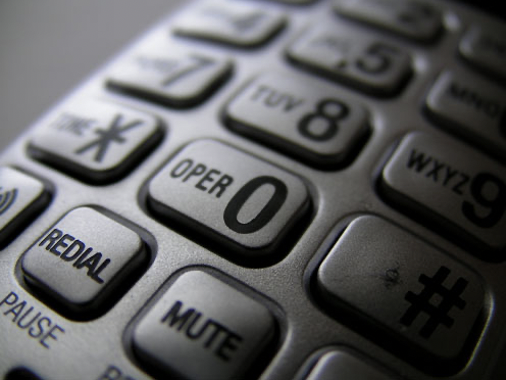The surprising logic behind area codes is something that has been around for quite some time. The very first use of a nine-digit code to designate a location was to set up a network of roads and railways. As more cities were developed, however, these lines became disconnected. This means that the system was prone to errors. By adding an extra nine digits to all the routes, however, this was finally overcome, and the idea was put into play of designing a system using streets and zones. Since then, area codes have been used to designate specific locations and easily accessible from a map or a telephone book.
Identifying Telephone Numbers
The use of these numbers has had several different implications. For instance, they are assigned to buildings and other commercial structures to help identify and map the property. Additionally, these systems are used by motorists to find their way through a city. While these codes have had various applications, the most prevalent one today is as a method for identifying telephone numbers and accessing their owner’s telephone number. This is done to make it easier for a person to know who owns a certain telephone number when calling another person.
Map Code
The area code is a valuable tool, but the tool makes people’s lives easier. The question, however, is just what the logic is behind this system? To answer this question, it is helpful to look at how different cultures view different objects and locations in the world. For example, while the common logic behind the placement of an area code on a map is to assign it to a physical location, many people do not see an area code as literal in the word’s true sense. Instead, many know the area code as a symbol, which represents a particular place or symbol.
This is why the unexpected logic behind area codes has led to the creation of telephone numbers. When a person calls a telephone number, the person’s caller ID will display the area code to know where to dial if they want to contact the party they are calling. While a few other methods of using the area code, such as a phone card or a directory, all share a similar logic with the area code.
Telephone Industry
One of the reasons why the telephone industry created the area code was to use their area code to dial telephone numbers that they were familiar with instead of having to guess. This method is still used today, but with more technological means of communicating coming into play, people can call from places that are very far away without using the local telephone company’s numbers. Many people often use area codes to verify addresses and other information when they are buying products online or using the telephone. In this way, they can know where the item is purchased and how to contact the party who sold them the product.
Geographic Areas
The other reason why an area code was created was to allow telephones to use the same numbers when calling each other. This was especially important for two reasons. The first reason was to facilitate the transfer of messages between different companies. For example, when two telephone lines were being connected, each company would put a different area code on their telephone number to make it easier for the other company to join. The other purpose was to allow people who lived in different geographic areas to contact each other.
The problem with these new systems is that because the system assigned different areas, the language of the telephone messages soon became different from region to region. This problem was addressed by creating a universal area code known as the International numeric dialer, or IVD, assigned by the Global Positioning System (GPS). The IVD translates a country’s area code into a string of numbers, which are then linked together using codes that telecommunications operators worldwide have assigned.
Conclusion:
Today, there are several different types of IVD systems. One type connects only landlines. Another type connects only mobile phones and is known as the MSA (Mobile Subscriber Identification) code system. Still, a different kind of IVD translates a country’s area code into a string of phone numbers, which are then sent as phone calls to a central control center where the call is handled. Regardless of which type of IVD is used, the result is the same: all numbers in the phone book are used to identify a phone number.

